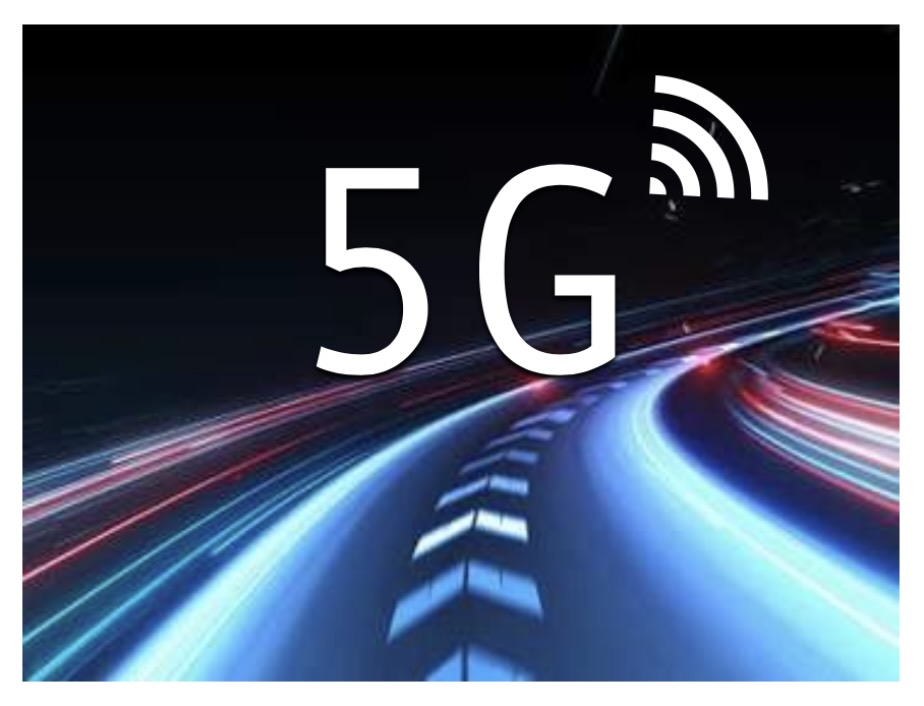
The dawn of 5G promised lightning-fast internet speeds, heralding a new era of connectivity. However, the reality often falls short of these lofty expectations, leaving many users frustrated and wondering why their 5G speeds are not as blazing fast as advertised. Several factors can affect your 5G bandwidth speeds, ranging from technical limitations to network congestion. Let’s delve into some key points to understand what could be influencing your 5G experience.
Frequency Band(s) Your Modem or Phone is Connected To
One of the primary determinants of your 5G bandwidth speed is the frequency band your device is connected to. 5G operates across three main frequency bands: low, mid, and high. Each band has its advantages and limitations. Low-band 5G offers wider coverage but relatively modest speed enhancements compared to existing 4G LTE networks. Mid-band 5G strikes a balance between coverage and speed, providing faster speeds than low-band but with middling coverage. High-band, also known as mmWave, offers the highest speeds but suffers from limited coverage and poor penetration through obstacles. Therefore, your proximity to a cell tower and the band it employs can significantly impact your 5G speeds.
Limitations of Your Modem or Phone
The capabilities of your modem or phone play a crucial role in determining the speeds you can achieve. Different devices support different frequency bands, and their performance may vary accordingly. For instance, a device equipped with support for high-band frequencies will likely achieve faster speeds in areas where high-band 5G is available compared to a device limited to low-band frequencies. Upgrading to newer devices that support a wider range of frequency bands can potentially enhance your 5G experience.
User Load at the Cell Tower
Network congestion is another key factor that can affect 5G bandwidth speeds. If too many users are connected to the same cell tower simultaneously, it can lead to decreased speeds for everyone. During peak hours or in densely populated areas, the demand for bandwidth may exceed the capacity of the cell tower, resulting in slower speeds for users. Network operators are continuously expanding infrastructure and optimizing networks to mitigate congestion, but it remains a persistent challenge in densely populated areas.
Limitations on Your Data Plan
Even if your device and the network infrastructure are capable of delivering high-speed 5G connectivity, your data plan may impose limitations. Some data plans throttle speeds after reaching a certain threshold of data usage, while others prioritize certain types of traffic, such as video streaming or gaming, which can impact overall bandwidth speeds. Understanding the terms and conditions of your data plan and choosing an appropriate plan that aligns with your usage patterns is essential for maximizing your 5G experience.
The Speed of Your WiFi or Ethernet Adapter
Lastly, the speed of your WiFi or Ethernet adapter can affect the performance of your 5G connection, especially when using a home or office network. Even if you have a fast 5G connection, a slow WiFi router or Ethernet adapter can become a bottleneck, limiting the speeds you can achieve on your devices. Upgrading to newer networking equipment capable of handling higher speeds can help unleash the full potential of your 5G connection.
As you can see, achieving optimal 5G bandwidth speeds involves a combination of factors. This includes the frequency band your device is connected to, the capabilities of your device, network congestion, data plan limitations, and the speed of your networking equipment. By understanding these factors and taking appropriate measures, users can enhance their 5G experience and unlock the full potential of next-generation connectivity.

